Rice, wheat, and corn are the three most important and most consumed foods in the world, which provide 42% of the calories needed for all human beings. Although wheat and cord are very vital for world consumption, rice is still the best food option for middle-income and low-income countries. Now in this article, we want to reach out and take a look at its marketing along with the economic importance it obtains in different origins.
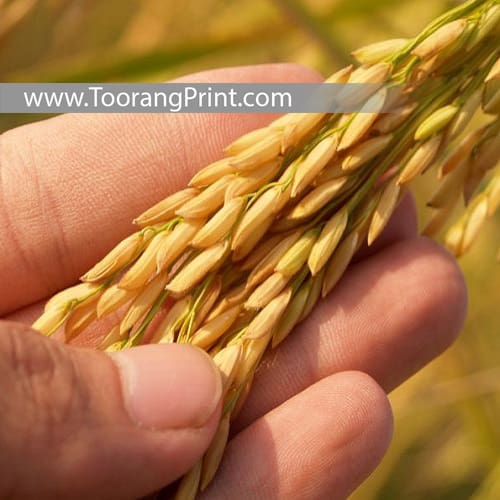
Rice market around the world
With more than 700 million tons of production per year, rice is still the most popular and used seed around the world feeding more than 92 percent of people. Considering the growing demand in the international rice trade, we came up with the idea of analyzing the rice market in this paper.
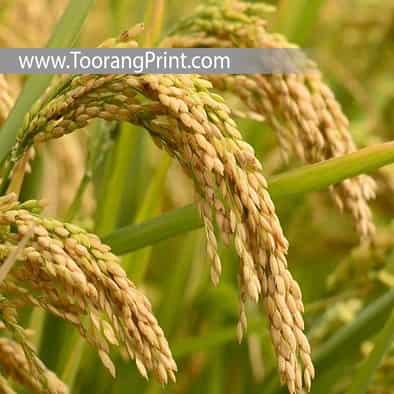
Asia feeds the world
Rice is the staple food of more than half of the world's population. More than 3.5 billion people get 20 percent of their daily calories from rice. Despite the widespread acceptance of rice around the world, Asia still tops the list of rice producers with 90%. The demand for rice in this continent has a positive correlation with its production and is still increasing. However, there are regions in the world where, although not as rice-rich as Asia, their demand for rice has grown widely. Africa and Latin America are two of these. What is clear is that with the growth of the population and the economy, the production and demand for rice will increase.
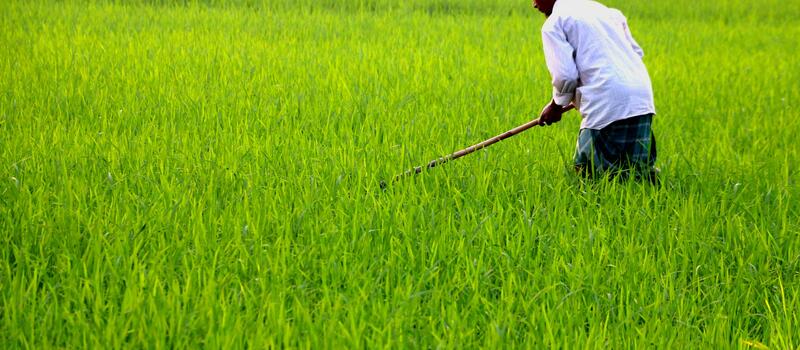
"now there might be a slight problem since, Although rice is still the main food of the continent, it is predicted that in the future and with the economic growth of the countries of this continent, the taste and diet of the people will change and the demand for rice will decrease."
Japan, Taiwan, and South Korea are examples of high-income countries that have gradually reduced their consumption of rice and turned to vegetables and meat after the economic boom. The same pattern too can be seen in middle-income countries such as China, Thailand, and Malaysia. India, Vietnam, and Indonesia are among the developing countries where the trend has been slower.
Let’s not forget, however, that specific cultural patterns (such as vegetarianism in India), climatic conditions, society, and social and value backgrounds are among the factors that interfere with rice consumption and may lead to the formation of Preventing the mentioned process or make a change in front of it.
"However, so far rice production and consumption in Asia have increased."
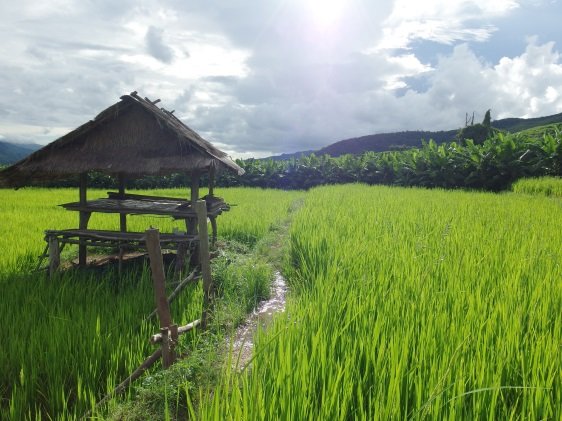
Not all give up on rice
In Africa, the situation is slightly different. In this country, per capita, rice consumption has grown significantly compared to previous decades, and of course, in the meantime, population growth has not been ineffective. The increase in rice consumption in Africa is so great that even among urbanites, rice has become the main option for providing food for the family. However, there is a significant difference between increasing rice consumption in Asia and Africa and they should not be considered as one factor.
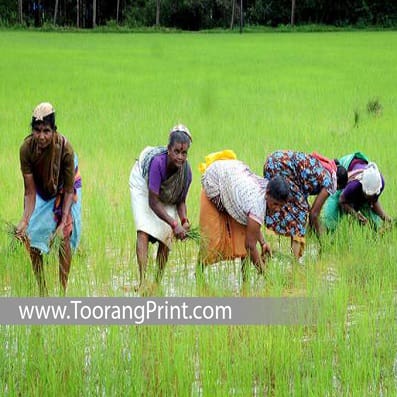
The storm out there
Unlike the considerable history and popularity of rice in Asia, Europe and Africa are experiencing new trends of yearning and desire for rice consumption that is going to make a noticeable movement in the market situation and this shows how much poverty and famine African people face. However, the continent still has difficulty supplying rice, and the supply of rice cannot meet the current demand.
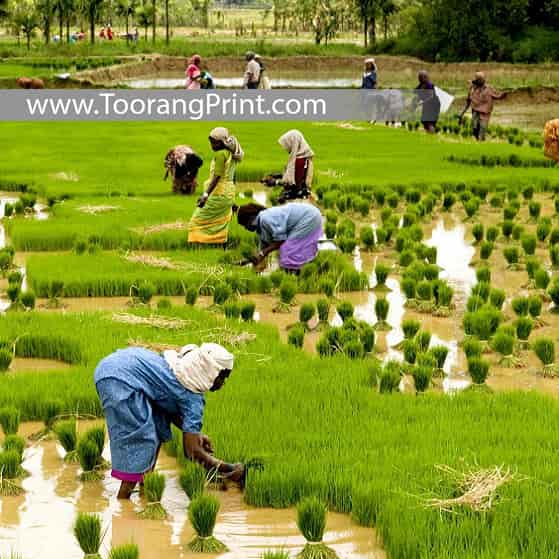
To conclude from what has been said, we must say that although, despite population growth, technology, urbanization, and the economy, there are still parts of the world that are in poverty and famine, and rice for them, is considered as a valuable and perhaps "scarce" food, but the general rule and principle is that economic growth, urbanization, and population growth are among the factors affecting rice production and consumption and can supply and transform its demand. However, it has been believed that despite the advancement of technology and economic growth, agricultural lands and natural resources are stable and will not increase, and this may pose wide-ranging challenges for the agricultural industry, especially rice, in the future.
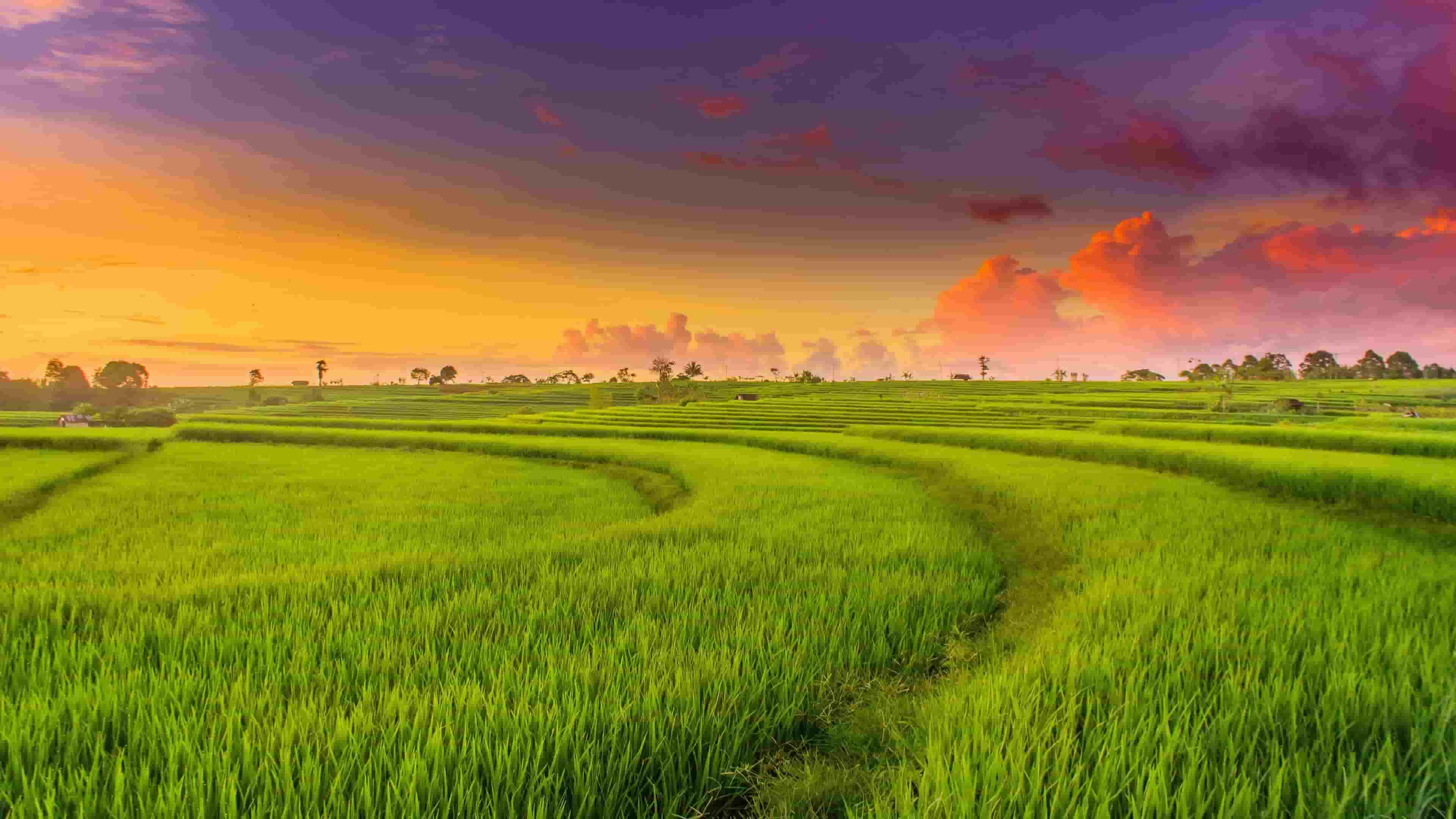
Winter is coming
Despite the drastic growth and improvement of science and technology, the world is still experiencing a huge growing gap between rice supply and demand that has provoked a sense of anxiety through country leaders and food suppliers. Now, you may come up with the question, how come we get to this point despite the noticeable signs of progress that are broadcasted every day from any niche in the world?
Like any other effect, it has its own causes:
1. More demands and fewer hands:
Unlike the increasing population around the world, the labor force has taken an opposite trend, which leads it to the lowest point in these recent years. This taps on the reality that there are more people demanding rice, but less labor force producing it.
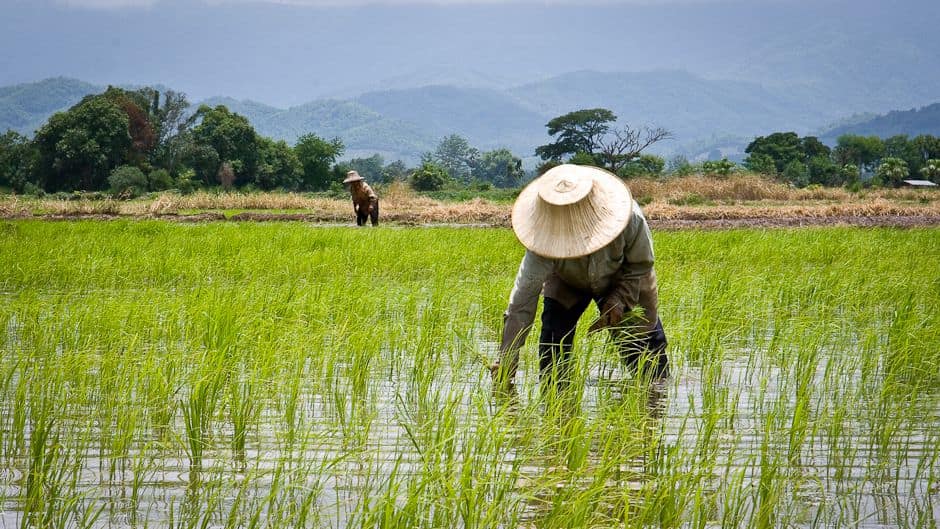
2. Urbanization:
Undoubtedly, nowadays the cities around the world are more eye-catching than the countryside, having more fans makes people leave their farms in the hope to find a niche in firms. But what about the old folks?! What happens to the left behind lands?!
There is a saying that goes:" no country lives without a farmer working on his field"
And at that point, we are losing them to urbanization and a lack of gratitude toward them.
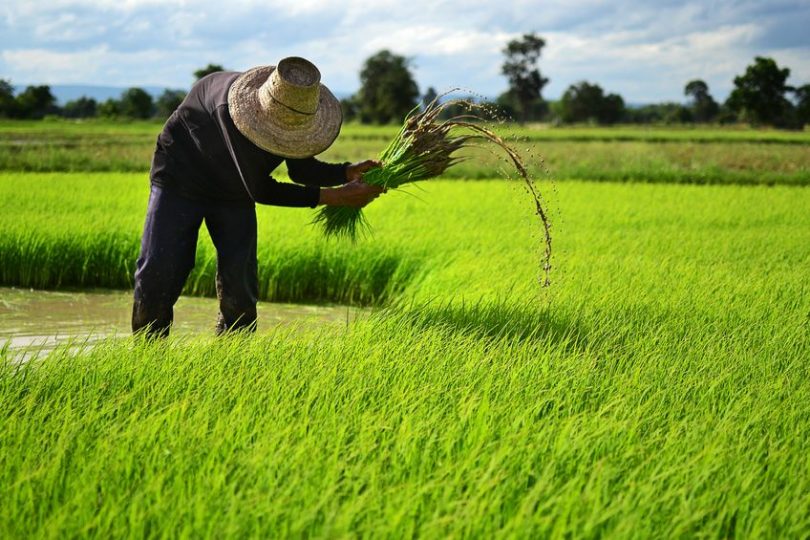
3. The Earth is aging:
Aged, tired, torn, and exhausted are the best words that can describe this spinning land of the living. Like any other living creature, there are limits to using the earth. Unlike human nature, there’s no possibility for the earth to produce and reproduce itself. So, in the long run, you will have more population with less ground to feed them. Planting on the same field, making it exhausted and infertile is another cause leading to rice famine.
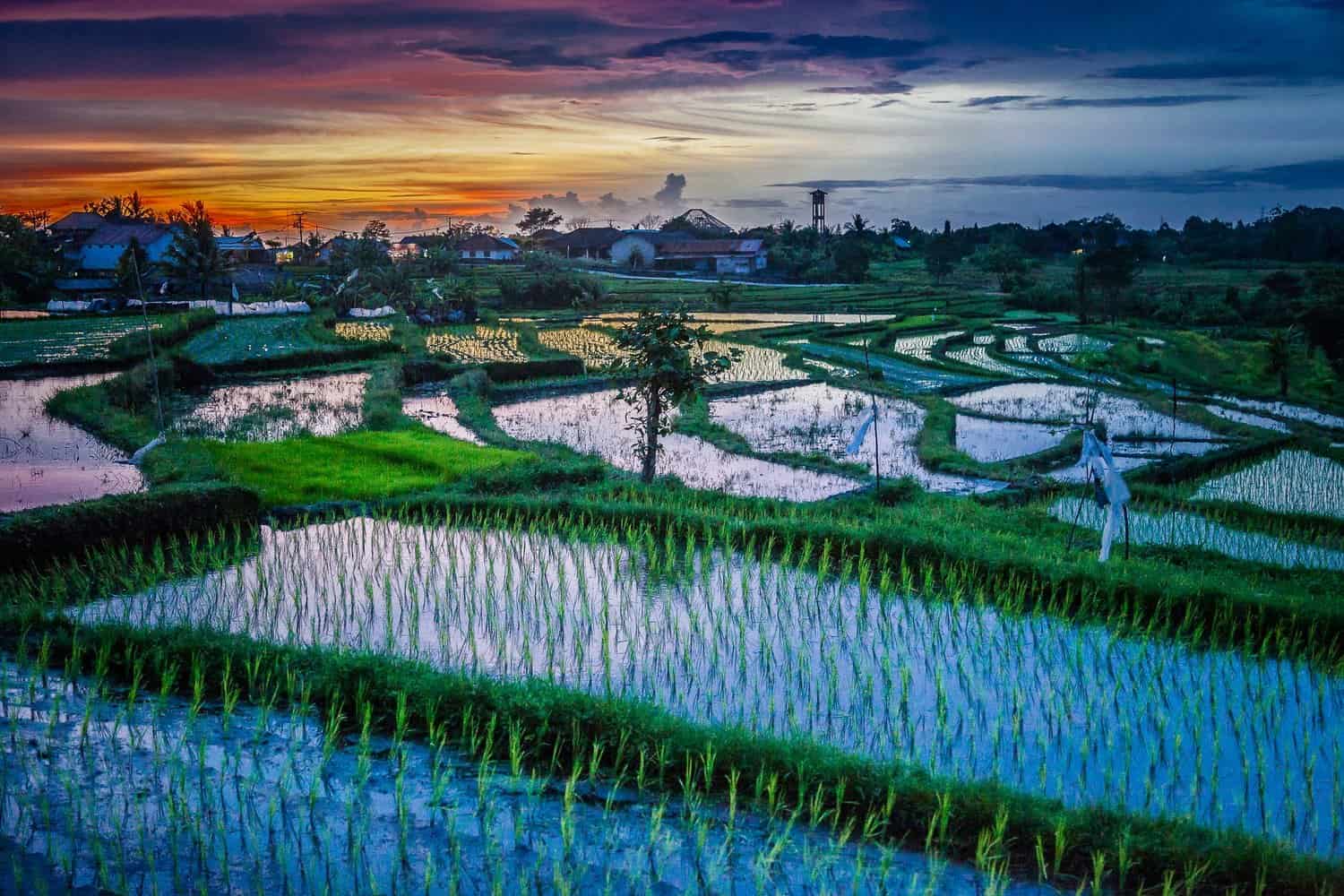
What’s next
Considering the stuff mentioned above, we will figure out that there’s no way out of this dilemma except a holistic one that takes all of the mentioned variables and fields which we partly described, into account.
It’s not just a matter of rice management, it’s a problem of overgrowing population, taking the right policy according to demography and geology. All of which calls for a gigantic effort made by all related players from the mentioned major.